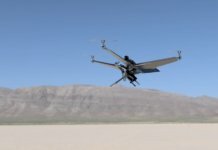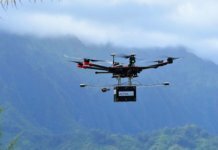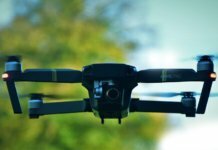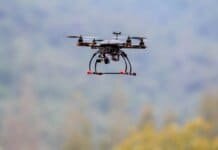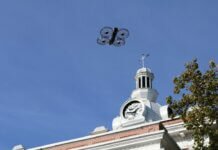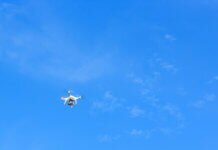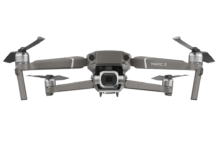Over the past week, the Federal Aviation Administration (FAA) has made it clear that unmanned aircraft system (UAS) operators must stay away from the Hurricane Harvey disaster area in Texas unless they have proper authorization.
With temporary flight restrictions (TFRs) in place over the past week in the Houston, Rosenberg, Crosby, Ingleside-on-the-Bay and Beaumont areas, the agency has warned drone operators that they risk interfering with first responders’ work and facing “significant fines,” even in areas where there is not a TFR.
In an update issued yesterday morning, the FAA says it has, however, issued 43 authorizations to drone operators who are either covering the news of Harvey or supporting the recovery, such as through “conducting damage assessments of critical infrastructure, homes and businesses.”
Of the authorizations, eight were issued to a railway company to assess damage along a rail line; five were given to energy companies to assess damage at facilities affecting the electric grid; four media companies got the OK to provide aerial news coverage; several “environmental quality officials” are assessing flooding/drainage; cell tower companies are looking at damage to infrastructure; a fire department and other “emergency management officials” are assessing infrastructure needing “immediate repairs”; and a drone operator “supporting a number of different insurance companies” was also given the go-ahead.
Dane Jaques, partner at law firm Steptoe & Johnson in Washington, D.C., is offering insight on how to go about obtaining the proper authorization to fly, as well as the legal implications for not following an FAA TFR. With more than 30 years of experience in energy/transportation law, Jaques is also a former FAR Part 135 Captain and flight instructor.
“These temporary flight restrictions are critical to ensure the safety of disaster response and recovery efforts,” he explains to UAO. “There have been instances in the past where illegal UAS operations have interfered with disaster-response aircraft and, in some cases, caused the aircraft to abandon their missions to avoid a possible collision with UAS.”
If you’re certified to commercially fly UAS, Jaques says you must first contact the FAA Systems Operations Support Center at (202) 267-8276.
“All UAS operations, including private-sector flights, must be in support of a disaster response or recovery activity,” he says. “It is also possible to operate as a subcontractor to federal, state and local government agencies that have approval to operate within the restricted airspace.”
If you don’t follow the rules, prepare for some potentially harsh consequences: You could a hefty fine or even revocation of your remote pilot certificate.
“UAS operators may also be subjected to civil liability and criminal charges under federal, state and local laws, depending on the circumstances of the flight,” Jaques warns.
In a statement, the Small UAV Coalition says many commercial drone operators, including those in the coalition, “have taken steps to help the region begin to recover” and “expressed interest in providing UAS services to support relief efforts.”
“Some operators are already using UAS to ensure continuous communications capabilities for first responders and the public,” the group continues. “UAS technology has immense potential to assist in natural-disaster response and recovery, including conducting search-and-rescue missions; delivering food, water and medical supplies; and accelerating insurance claims processing. Commercial UAS operators look forward to working with federal, state and local officials to safely assist the region in not only the immediate aftermath of the storm, but also in restoration efforts in the weeks and months to come.”


